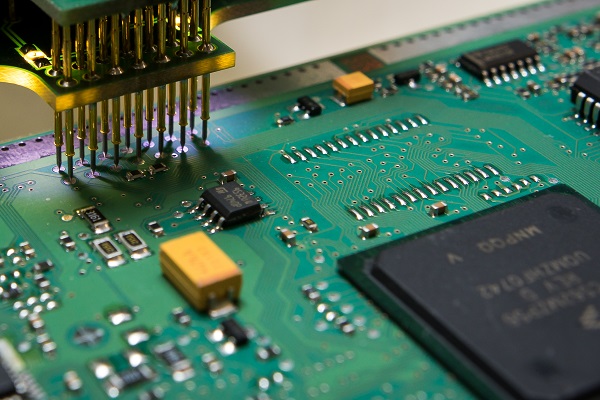Lectures:
Definition of an electric control drive. The importance of control drives.
Means for controlling electric drives. Controllers, sensors.
Position control of drives. Linear and time-optimal control.
Drives with DC servo motors. Four-quadrant pulse converters for DC servo motors, their control.
Control structures with DC servo motors. Static and dynamic characteristics of DC servo motor drives.
Servo drives with electronically commutated motors (ECM). Principles of ECM operation. Converters for supplying power to these motors, their control, control structures of ECM drives. Static and dynamic characteristics.
Drives with AC servo motors of synchronous type - with permanent magnets and reluctance. Division, principle of operation. Converters for power supply of these servomotors, their control.
Control structures of drives with AC servomotors of synchronous type. Static and dynamic characteristics.
Drives with AC induction servomotors, principle of operation. Converters for supplying power to induction servomotors, their control.
Control structures of drives with AC induction servomotors. Static and dynamic characteristics.
Servo drives with stepper motors. Division, principle of operation. Converters for supplying these motors, their control.
Control structures. Control of stepper motor drives. Static and dynamic characteristics of stepper motor drives.
Servo drives with linear motors. Principles of operation, inverters for supplying these motors, their control, control structures.
Development trends of servo drives.
Exercise:
Safety training for work in laboratories, introduction to the content of the exercise and credit conditions. Solution of examples from the problems presented in the lectures.
Labs:
DC position servo drive with MAXON motor.
Servo drive with electronically commutated (EC) motor (BLDC).
Projects:
Protocols of laboratory exercises.
Definition of an electric control drive. The importance of control drives.
Means for controlling electric drives. Controllers, sensors.
Position control of drives. Linear and time-optimal control.
Drives with DC servo motors. Four-quadrant pulse converters for DC servo motors, their control.
Control structures with DC servo motors. Static and dynamic characteristics of DC servo motor drives.
Servo drives with electronically commutated motors (ECM). Principles of ECM operation. Converters for supplying power to these motors, their control, control structures of ECM drives. Static and dynamic characteristics.
Drives with AC servo motors of synchronous type - with permanent magnets and reluctance. Division, principle of operation. Converters for power supply of these servomotors, their control.
Control structures of drives with AC servomotors of synchronous type. Static and dynamic characteristics.
Drives with AC induction servomotors, principle of operation. Converters for supplying power to induction servomotors, their control.
Control structures of drives with AC induction servomotors. Static and dynamic characteristics.
Servo drives with stepper motors. Division, principle of operation. Converters for supplying these motors, their control.
Control structures. Control of stepper motor drives. Static and dynamic characteristics of stepper motor drives.
Servo drives with linear motors. Principles of operation, inverters for supplying these motors, their control, control structures.
Development trends of servo drives.
Exercise:
Safety training for work in laboratories, introduction to the content of the exercise and credit conditions. Solution of examples from the problems presented in the lectures.
Labs:
DC position servo drive with MAXON motor.
Servo drive with electronically commutated (EC) motor (BLDC).
Projects:
Protocols of laboratory exercises.
